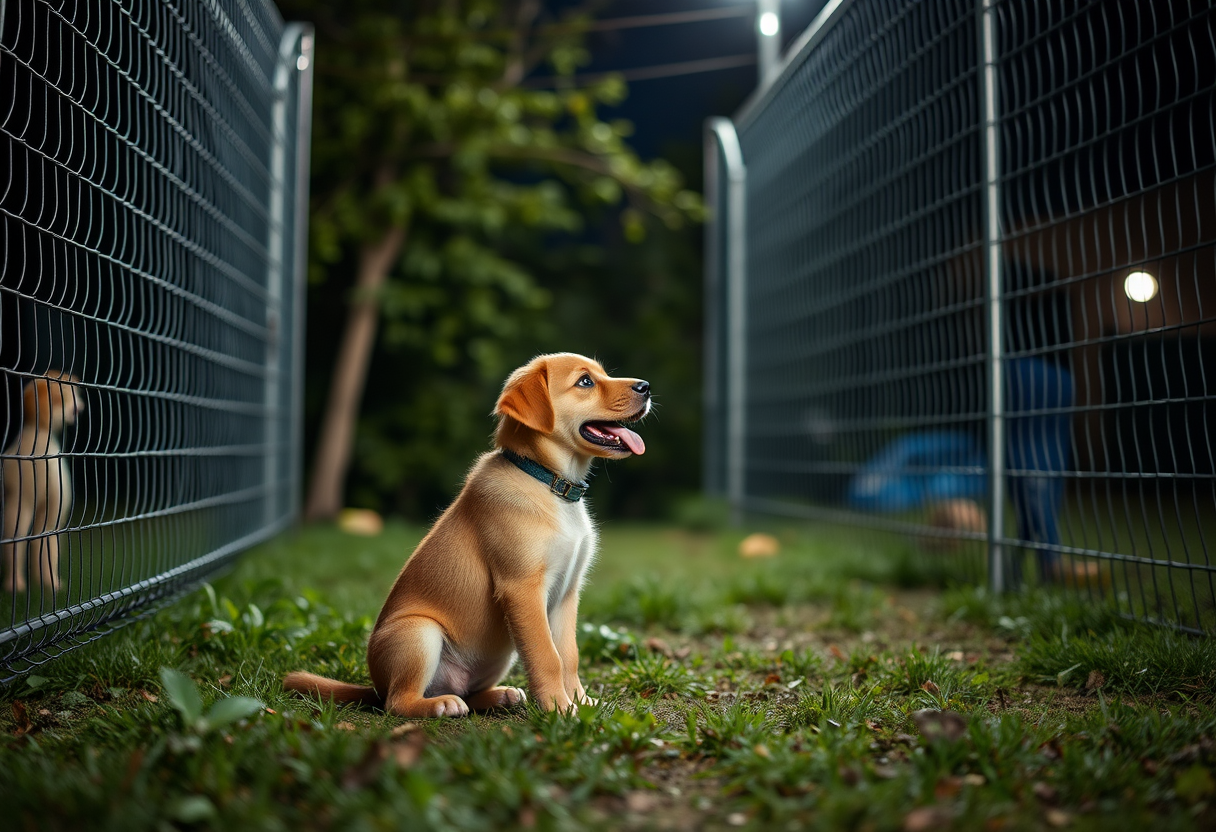Kennel Training Your Puppy at Night: A Comprehensive Guide
Welcoming a new puppy into your home is an exciting experience, but it also comes with its challenges. One of the most important aspects of puppy training is kennel training, especially at night. This guide delves into the intricacies of kennel training your puppy at night, ensuring both you and your furry friend can enjoy restful nights.
Understanding the Importance of Kennel Training
Kennels offer a safe and secure space for your puppy, providing them with a den-like environment. This training method helps with housebreaking, eases anxiety, and promotes good behavior. Additionally, a properly trained puppy will be more comfortable being left alone when required.
Choosing the Right Kennel
The first step in successful kennel training is selecting an appropriate kennel size. It should be big enough for your puppy to stand, turn around, and lie down comfortably, but not so large that they can create a separate sleeping area and a bathroom area.
Preparing Your Puppy for Nighttime in the Kennel
Start by introducing your puppy to the kennel during the day. Place their favorite toys and a cozy blanket inside to make it inviting. Allow them to explore the kennel at their own pace without forcing them inside.
Establishing a Routine
Dogs thrive on routine, so establish a consistent nighttime schedule. Take your puppy outside for a bathroom break before bedtime. This step is crucial to minimize nighttime accidents.
Creating a Comfortable Sleeping Environment
Make the kennel a comfortable space by providing soft bedding and a few toys. You can also place a piece of your clothing inside to give them a sense of security.
Gradual Acclimatization
Initially, you may want to keep the kennel in your bedroom or close by. This way, your puppy can hear you, which can help them feel safe. Gradually move the kennel to your desired location over time.
Nighttime Strategies
When it's time for bed, place your puppy in the kennel and close the door. If they whine or fuss, avoid letting them out immediately. Instead, wait for a moment of quiet before letting them out or comforting them. This teaches them that whining will not result in immediate attention.
Handling Nighttime Cries
If your puppy cries during the night, it might be because they need to relieve themselves. Take them out quietly to avoid stimulating play. After they do their business, return them to the kennel without excessive fuss.
Graduating from the Kennel
Over time, your puppy will become accustomed to their kennel and should feel comfortable sleeping there. You can gradually increase the time they spend in the kennel during the day to reinforce this behavior.
Common Challenges and Troubleshooting
Some puppies may resist kennel training at first. Patience is key. Avoid scolding your puppy for whining; instead, reinforce positive behavior with treats and praise. If your puppy continues to have accidents in the kennel, it may be worth revisiting your routine and bathroom schedule.
Conclusion
Kennel training your puppy at night can be a rewarding experience for both you and your pet. By following the above steps and being patient, you will help your puppy feel secure and safe in their kennel, leading to a well-adjusted adult dog.

Remember, kennel training is a gradual process that requires consistency and love. Soon enough, your pup will view their kennel as their very own safe haven.